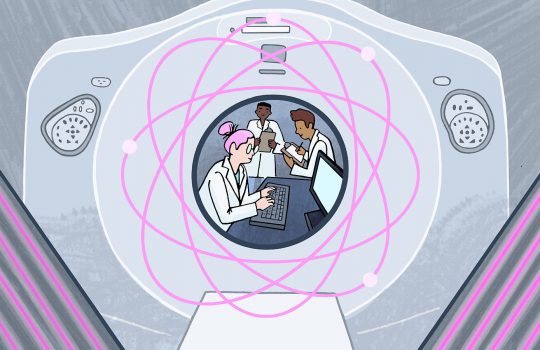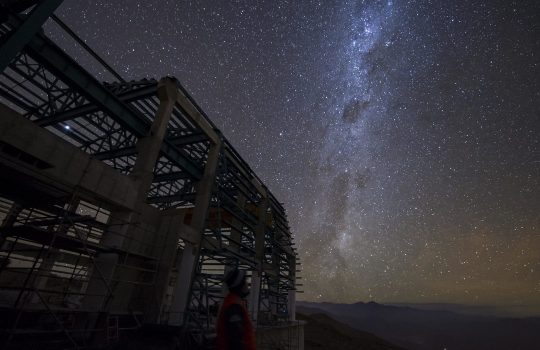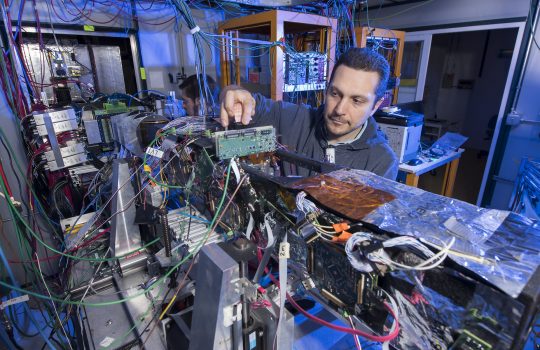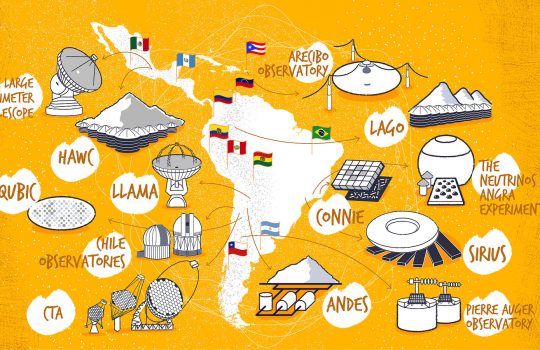A new view into the history of the universe
For the last three decades, physicists have patiently waited for the next nearby supernova. Luckily, waiting is no longer the only option.
With an upgrade to the Super-Kamiokande detector, neutrino physicists will gain access to the supernovae of the past.










